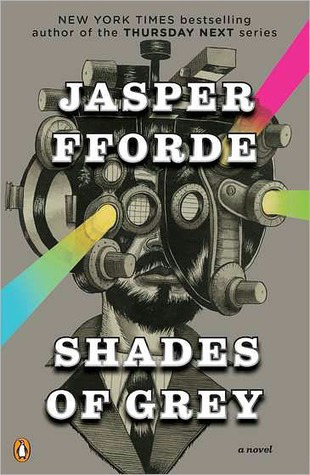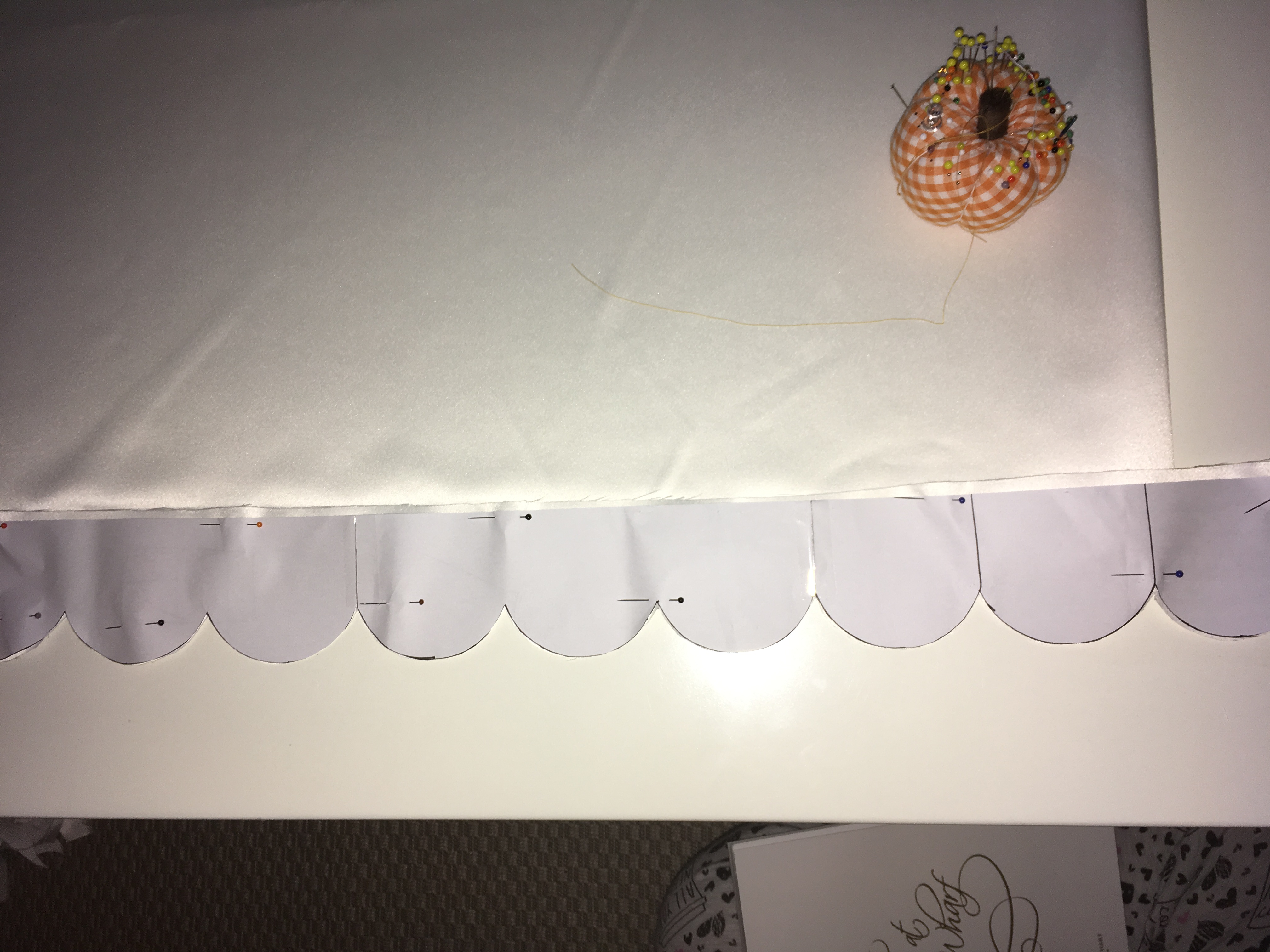 I own a lot of Jasper Fforde’s books, but I haven’t actually read many of them. I read The Eyre Affair long ago, and liked it well enough, but apparently not enough to get me to jump into more books in the series. Today’s review is Fforde’s Shades of Grey, the first book in a series that currently consists of…one book. This one. Will we see a sequel before Shades of Grey hits its 10-year anniversary? Only Mr. Fforde knows. In the meantime…
I own a lot of Jasper Fforde’s books, but I haven’t actually read many of them. I read The Eyre Affair long ago, and liked it well enough, but apparently not enough to get me to jump into more books in the series. Today’s review is Fforde’s Shades of Grey, the first book in a series that currently consists of…one book. This one. Will we see a sequel before Shades of Grey hits its 10-year anniversary? Only Mr. Fforde knows. In the meantime…
It’s a future dystopia, where people are colorblind, and class is based on what colors and shades you can see. Violets are the top and Greys are at the bottom. The main character, Edward Russet, moves to a new city with his father, who’s a swatchman—which is this society’s doctor, as colors hold the power to heal. Not all is as it seems in this country village…
There are rigid rules for everything, and they seem to be a jab at religion and its “rules”—though I wouldn’t call that the focus of Fforde’s satirical eye, so much as bureaucracy and stupidity and over-reliance on tradition—and religion just happens to be something that can sometimes get bogged down in all of those things. This is darker fare than the Thursday Next series…
The world-building is terrific. It’s a complex, interesting world, and Fforde just sort of drops you into it and the various aspects of the world unfold over the course of the book, rather than exposition dumps. This is GOOD.
The reason it doesn’t quite get 4 stars is that there’s really not much story. There’s a sort-of mystery about the past Swatchman, and someone pretending to be a color he’s not, and enigmatic other towns, and a naked man everyone pretends doesn’t exist but who holds real Truth, but it’s all sort of shallow, Plot-lite. It feels like a 400-page introduction to a fascinating world where almost nothing happens. But then in the last couple of chapters there’s a real-life plot, and interesting and sad and moving things happen! And then the book is over, and you’re left asking why you only got two chapters of plot and 50 chapters of world-building and an over-hyped/under-delivered Killer Flora storyline.
It’s funny and clever and unique and full of wonderful word-play (but not puns, thank goodness), and I enjoyed reading it. After this introduction to the world, I’m genuinely looking forward to reading the next book in the series. Where I can only assume something will actually happen.
Advertisements Share this:




